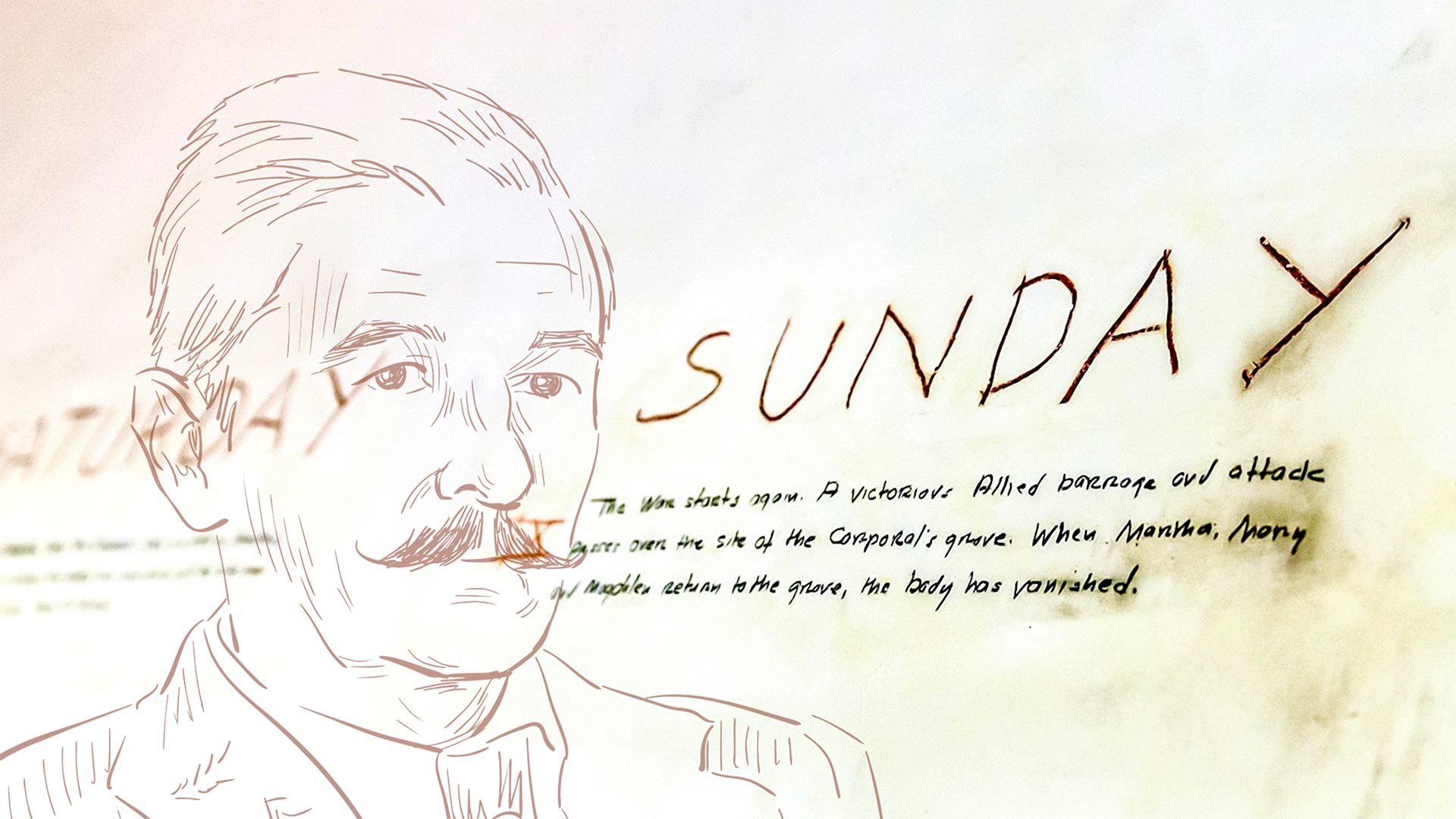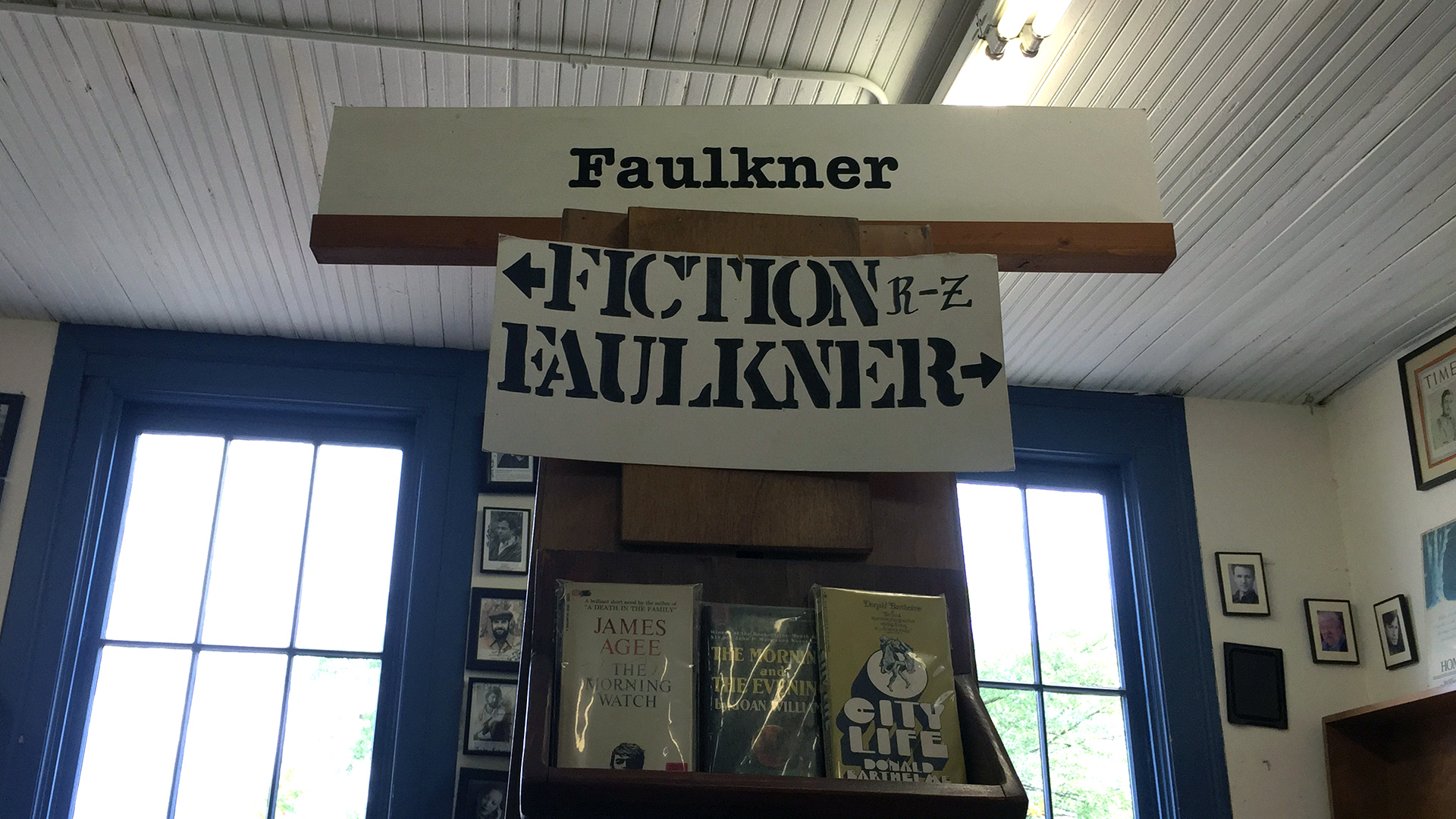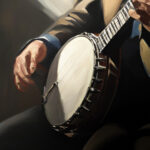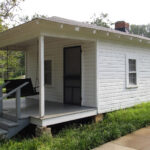
Light in August
Our Southern Reader’s Travelogue continues on the trail of William Faulkner, from his home in Oxford to the bookshop that bears his name in New Orleans.
There may be no writer dead or alive more problematic—or more talented—than Old Bill.
An indisputable master of language and form, William Faulkner apprehended the disfiguring horror of our nation’s racial reality as clearly as any writer we’ve had. He was also so deeply-in-his-bones racist that he could not imagine things being any other way. Casey Cep, a writer who masterfully pulls back the curtain on Southern icons for The New Yorker, in 2020 called Faulkner “a writer who brilliantly portrayed the way that the South’s refusal to accept its defeat led to cultural decay, but a Southerner whose private letters and public statements were riddled with the very racism that his books so pointedly damned.” (See also, Lee, Harper, and O’Connor, Flannery, among many so afflicted.)
But hot damn, the man could write. There are his nineteen novels, two books of poetry, and well over one-hundred short stories. He worked on around fifty screenplays for the big studios, including the Humphrey Bogart classics The Big Sleep and To Have and Have Not. Along the way, he picked up two Pulitzers and a Nobel Prize. More importantly, Faulkner—along with James Joyce—pretty much defined the trajectory of literary fiction for the better part of the twentieth century. Nobody else comes close. (Go ahead, flame me in the comments with your nominee. I can take it.)
Located adjacent to the University of Mississippi campus in Oxford, Rowan Oak was Faulkner’s home from 1930 until his death in 1962 (with long stretches in Hollywood where he doctored scripts and kept company with a string of women, not his wife). Faulkner’s fictional Yoknapatawpha County is based on the people and places of Oxford and surrounding Lafayette County. But even though modernity has made some inroads, north central Mississippi has not evolved too terribly far from the first half of the last century.
The house remains mostly as it was when Faulkner died of a heart attack in 1962: the room layouts and furnishings, his desk with typewriter and tin of tobacco. The walls of his study proudly bear the outline of his Pulitzer Prize winning novel A Fable that he scrawled on the walls in graphite and red grease pencil. There is no end to the memorabilia and, naturally, exhibits devoted to the essentials of his craft, which he helpfully catalogued in a 1956 interview with The Paris Review: “My own experience has been that the tools I need for my trade are paper, tobacco, food, and a little whiskey.”
There is a huge menu on hand for adventuresome Faulknerians (and fans of Barry Hannah, John Grisham, Jesmyn Ward, Larry Brown, and Donna Tartt, to name just a few who spent time in the Oxford area code).
The grounds remain as close as can be expected to what they were sixty years ago. (Faulkner’s home, unlike Harper Lee’s, was never razed to make way for a soft-serve dessert joint.) And there are Adirondack chairs sprinkled about so you can cosplay as Faulkner in his outdoor study. The biggest post-mortem change came courtesy of his widow Estelle, who had an air conditioning unit installed in her bedroom one day after his demise. Faulkner hated air conditioning and refused her requests for relief from the brutal summer heat. In the end, Estelle proved that she who laughs last, laughs coolest.
The Bailey Woods Trail is a short (about a half-mile) and relatively easy stroll that connects Rowan Oak to the University of Mississippi Museum. This designated National Recreation Trail crosses terrain that Faulkner wandered in his day and offers a tiny glimpse at what the region looked like before the timber interests flattened the forests. The university’s museum is an eclectic affair, with collections of American art, Greek and Roman antiquities, a cluster of nineteenth-century scientific instruments, and a wide range of Mississippi folk art. Admission is free.
Oxford is a charming little town, typical of many college burgs in the South. Sure, Ole Miss is the eight-hundred-pound gorilla in town, but since Oxford derives a substantial chunk of commerce from literary tourists (approximately 25,000 of us each year), there is a huge menu on hand for adventuresome Faulknerians (and fans of Barry Hannah, John Grisham, Jesmyn Ward, Larry Brown, and Donna Tartt, to name just a few who spent time in the Oxford area code).
Anchored by the Historic Oxford Courthouse, the town square—model for multiple memorable scenes in the Faulkner canon—retains the customary character of antebellum small towns across the South despite the mushrooming of gastro/imbibement joints over the past two decades. As the home of the Southern Foodways Alliance, Oxford has established itself as the beating heart of Southern culinary scholarship. Its bustling array of food options range from down home to haute, and there are plenty of places to sample a local brew or partake a shot or two of Faulkner’s favorite liquid.
Then again, Old Bill favored the cheap stuff, so maybe aim a little higher. The legendary writers’ hangout—the upstairs bar at City Grocery—might even have a bottle of of Pappy Van Winkle.
There are shopping options, too. Neilson’s Department Store, founded in 1839, declares itself the oldest department store in the South. Union troops burned the place to the ground in 1864, but thanks to a buried stash of gold (shades of the Old Frenchman garden!), William Smith Neilson reopened the place in 1866. It has remained open ever since.
But for us literary geeks, Square Books is the town’s epicenter. Founded in 1979, Square has proved so popular that it has since expanded to three more storefronts, each with its own specialization: garden/kitchen, children’s books, and collectible rarities.
But the original store is the place for lit lovers. There’s a fine little café upstairs, but the big attraction is getting lost in the stacks. Be on the lookout for autographed copies of recent releases; Square has a reputation for landing big names for its author’s events, and they always leave behind a stack of inscribed editions.
Even with all that, my favorite feature is this directional sign at the top of the stairs.

For motivated lit spelunkers, Oxford and Lafayette County is full of Faulkner nuggets you can dig out. His gravesite. The old university post office where he threw mail in the trash rather than let his postmaster duties interfere with writing. The mansion Faulkner imagined the Compson family inhabiting and the fence where Benjy stared at passers-by in The Sound and the Fury. The deep ditch Joe Christmas used for his getaway in Light in August. And Rowan Oak itself, purported to be the model for the Sartoris plantation.
When you’ve had enough of the Magnolia State (“Only thing I did wrong / Was stay in Mississippi a day too long”—Bob Dylan), make your way down to New Orleans to visit Faulkner House Books, a seriously fine bookseller housed in Pirate’s Alley in the French Quarter house where Old Bill lived and wrote during the 1920s. It’s a perfect capper for our Faulkner pilgrimage and just happens to be the focus of our upcoming Tennessee Williams gadabout.
Go. Read.
About the author
Chattanooga-based writer/musician Rob Rushin-Knopf, Salvation South’s longtime culture warrior, blogs about culture at Immune to Boredom and appears regularly as one-half of the near-jazz duo RoboCromp.





